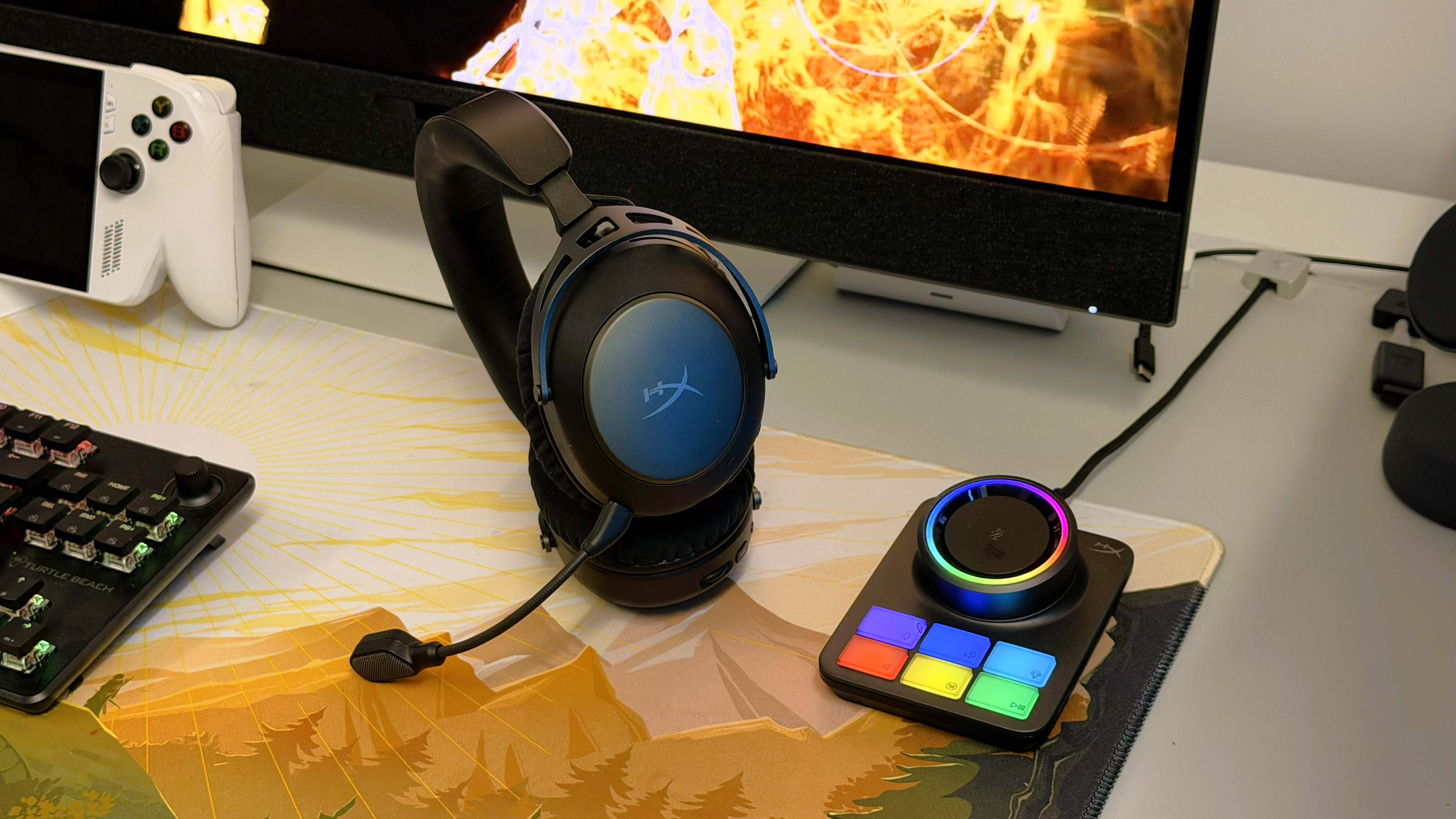Intel teases data centre Xe GPU with 'tens of billions of transistors' (updated)
"Battle-fielding and b-floating"

Looks like a Xeon, huh? It's more likely an Intel Xe GPU set to release in 2021, and it's just been teased by the Intel Odyssey team and Intel chief architect Raja Koduri on Twitter as a good fit for "battle-fielding and b-floating". AA battery for scale.
The LGA package configuration isn't common for graphics chips, at least not those from AMD and Nvidia, but this isn't your usual chip. Judging by the fact Raja Koduri refers to the chip as the "baap of all", a term the Intel India team have been using in reference to the Intel Xe HP architecture, it sure looks a lot like Intel's prototype GPU.
The “baap of all” is back, battle-fielding and b-floating😀 https://t.co/OgXuI0VtLUMay 1, 2020
Intel divvies up the Intel Xe architecture into three segments: LP, HP, and HPC. Each one fulfills a slightly different role in the Intel Xe GPU lineup: Xe LP satiates the entry-level demand, Xe HP is tipped to offer professional-grade and enthusiast graphics, and Xe HPC is being built with supercomputer smarts in mind.
Intel's intentions for the Xe HP architecture when it comes to gaming are not yet clear. Koduri's tweets had hinted to to the company's gaming aspirations with Xe-HP, "...battle-fielding and b-floating", he writes. However, several tweets later Koduri clarified that the chips shown in the images are destined for data centre use. "Battle-fielding" may have been a bit of a red herring then, or a nod to Intel's cloud graphics aspirations.
The bfloat16 floating-point number format is commonly used across AI inference, most of all by Intel within its lineup of machine learning accelerators.
It appears that the Xe-LP DG1 graphics card teased at CES 2020 will be our best bet for PC gaming. The chip didn't stun us with its gaming performance, reportedly coming in with just 96 Execution Units (EUs), it benchmarked around 30fps in Warframe on low at 1080p at the time. That card wasn't intended to represent the final gaming performance of the Intel Xe LP architecture, but needless to say it didn't fill us with confidence that Intel Xe LP would find a home in our high-end gaming PCs anytime soon.
It’s all Xe HP - the team here in @intel Bangalore celebrated crossing a significant milestone on a journey to what would easily be the largest silicon designed in india and amongst the largest anywhere. The team calls it “the baap of all” 😀 @IntelIndia pic.twitter.com/scBrFFmhtlDecember 5, 2019
Leaked slides suggest Xe HP is set to come with a far greater span of configurations—from 128 EUs up to a whopping 512 EUs. The top being fit with "tens of billions of transistors" and be capable of "tens of thousands of ops/clk." That's potentially right up there with the best graphics cards available today from AMD and Nvidia—the Titan RTX has 18.6bn transistors—but there's more to a GPU performance than sheer size alone.
Keep up to date with the most important stories and the best deals, as picked by the PC Gamer team.
It now looks unlikely that a larger GPU will come to gaming PCs, at least anytime soon. Judging by Koduri's comments, Intel's focus for gaming is in the widely-adopted integrated graphics segment.
Intel Xe has been pencilled in for release this year. Another of Koduri's cryptic tweets had initially hinted at a launch in June, but that may no longer hold up considering the remote access to labs referenced in the more recent tweet above. At least one Intel Xe product has been confirmed for a mid-year release: Intel Tiger Lake. These chips will feature 96 EUs of Gen 12 (Xe) graphics, and will be making their way into laptops sometime in the very near future.
And don't get your hopes up for an LGA GPU when the Intel Xe release date does roll around. That's likely just a sample quirk for convenience's sake during development. Unless....

Jacob earned his first byline writing for his own tech blog, before graduating into breaking things professionally at PCGamesN. Now he's managing editor of the hardware team at PC Gamer, and you'll usually find him testing the latest components or building a gaming PC.

